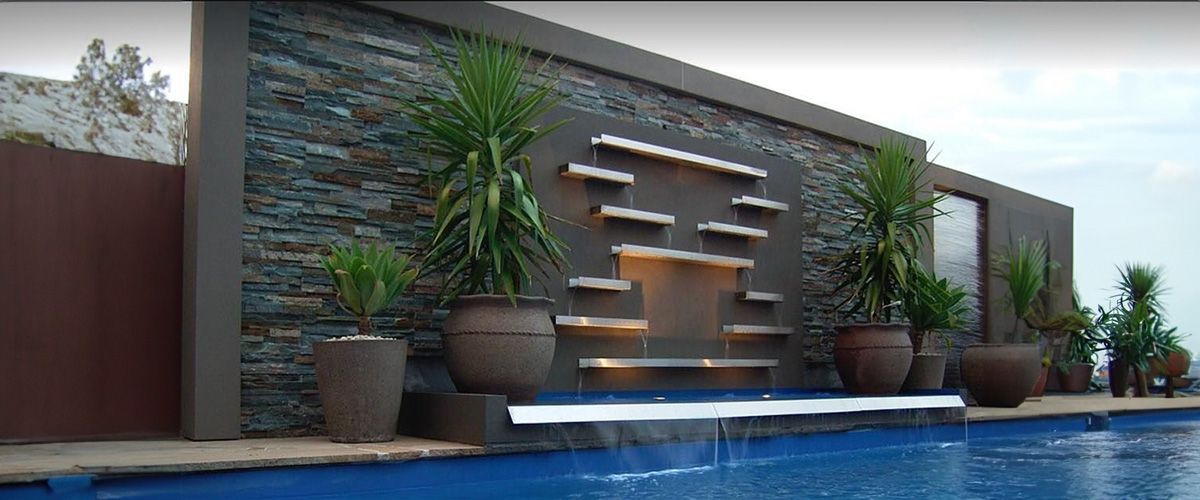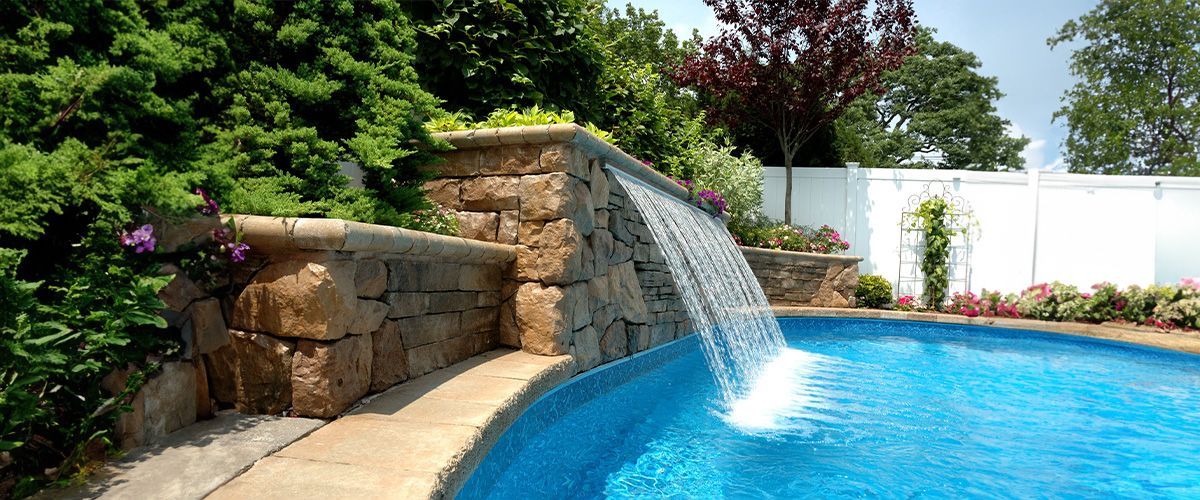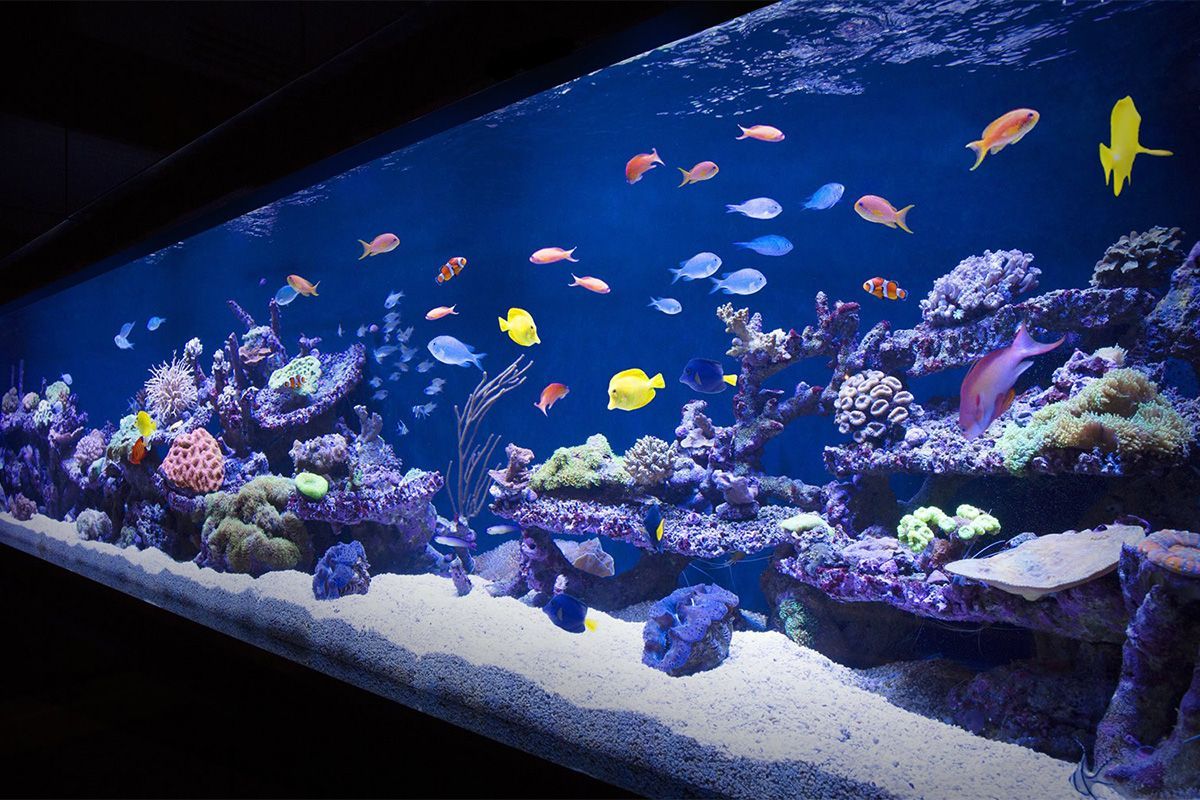Do Professional Landscapers Use Fabric?
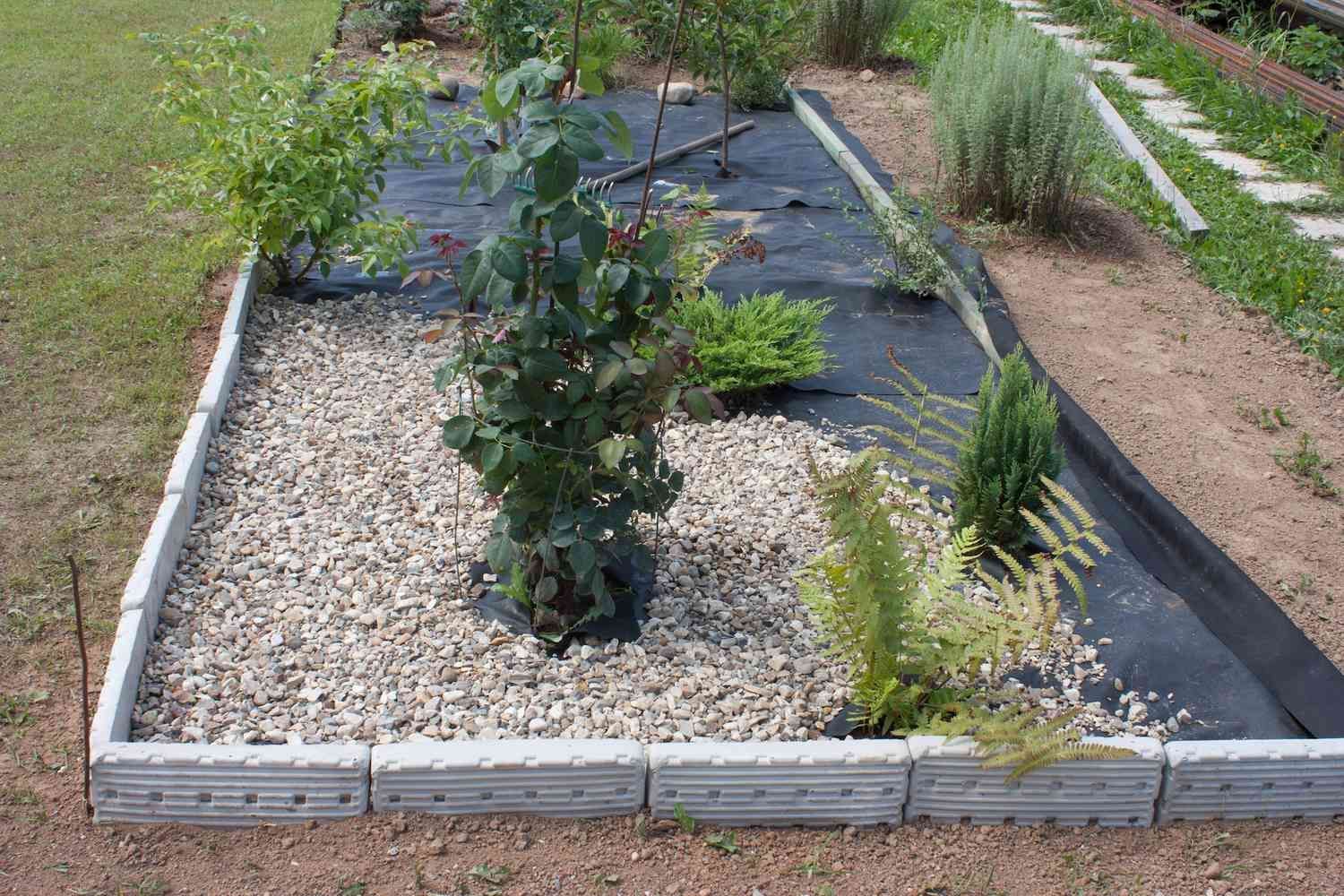
(Podcast Episode) Do Professional Landscapers Use Fabric?
Are you considering a landscaping project for your home or business? You may be wondering whether professional landscapers use fabric in their designs.
Fabric, known as landscape fabric or weed barrier, is commonly used in landscaping projects to help prevent weeds from growing and protect soil from erosion.
In this post, we'll explore the use of fabric in
professional landscaping projects, its benefits and drawbacks, and how it can impact the success of your landscaping project.
What Is Landscape Fabric?
Landscape fabric is an absorbent material designed to be placed over the soil in a landscaped area. It is made from various materials, including polypropylene and polyester, and is available in different thicknesses and widths. Landscape fabric is used to help control weed growth and prevents soil erosion by allowing water and air to pass through it while blocking out sunlight. It is typically installed before planting or adding mulch to a landscaped area.
Do Professional Landscapers Use Landscape Fabric?
The use of landscape fabric is a common practice among professional landscapers. It is often used as a base layer for mulch or decorative rock and under pavers or walkways to help prevent weeds from growing through the cracks. Landscape fabric is also used in raised garden beds and other planting areas to help control weed growth and improve soil drainage.
Benefits of Using Landscape Fabric in Landscaping Projects
There are several benefits to using landscape fabric in landscaping projects:
- Weed Control: Landscape fabric is an effective tool for preventing weeds from growing in landscaped areas. Landscape fabric can help reduce the need for herbicides and other chemicals to control weed growth by blocking daylight and creating a physical barrier.
- Soil Protection: Landscape fabric can help prevent soil erosion by keeping the soil in place and allowing water to pass through it. It can help protect the earth from being washed away during heavy rain or wind.
- Improved Drainage: Landscape fabric can help improve soil drainage and prevent standing water in landscaped areas by allowing water to pass through them.
- Increased Plant Health: Landscape fabric can help improve plant health by preventing soil compaction and improving soil aeration.
Drawbacks of Using Landscape Fabric in Landscaping Projects
While there are several benefits to using landscape fabric in landscaping projects, there are also some drawbacks to consider:
- Limited Durability: Landscape fabric can break down over time, and you may need to replace it periodically. It can add to the cost and maintenance of a landscaping project.
- Limited Airflow: While landscape fabric allows water to pass through it, it can also restrict airflow to the soil. It can impact the growth and health of plants.
- Limited Water Retention: Landscape fabric can also limit water retention in the soil, which can be problematic in areas with little rainfall or during dry periods.
- Cost: Landscape fabric can be more expensive than weed control methods, such as mulch or herbicides.
How Landscape Fabric Can Impact the Success of Your Landscaping Project
Using landscape fabric can impact the success of your landscaping project in several ways. Here are some factors to consider:
- Soil Type: The soil type in your landscaped area can impact the effectiveness of landscape fabric. In areas with heavy clay or compacted soil, landscape fabric may be less effective at preventing weed growth or improving soil drainage.
- Plant Selection: The type of plants you choose for your landscaping project can also impact the effectiveness of landscape fabric. Some plants may not thrive with restricted airflow or limited water retention in the soil.
- Maintenance: Proper maintenance of landscape fabric is essential to ensure its effectiveness over time. It includes periodic replacement and monitoring for tears or damage.
Using High-Quality Product
Choosing a high-quality product and installing it is essential if you decide to use landscape fabric in your landscaping project. These are some tricks and tips to keep in mind:
- Choose a high-quality landscape fabric: Look for a durable product that lasts several years.
- Install the fabric correctly: Make sure to properly prepare the soil before installing the material, and use landscape pins or staples to hold it in place.
- Use the right thickness: Choose a landscape fabric that is the right thickness for your specific project. Thicker fabric may be more durable but can also limit airflow and water retention in the soil.
- Monitor for damage: Regularly check the landscape fabric for tears or injury, and replace it as needed.
When to use landscape fabric in landscaping projects
Landscape fabric can be a valuable tool in a variety of landscaping projects, including:
- New plantings: Landscape fabric can help control weeds and protect new plants while they establish themselves in the soil.
- Hardscaping projects: Landscape fabric can be used as a base layer beneath hardscaping materials like gravel or stone to prevent weed growth and improve drainage.
- Sloped areas: Landscape fabric can be beneficial in sloped areas where soil erosion is a concern.
- Low-maintenance landscapes: Landscape fabric can be a good choice for low-maintenance landscapes where regular weeding and maintenance are not feasible.
FAQs
Q#1 Is landscape fabric environmentally friendly?
Landscape fabric can have positive and negative environmental impacts. On the one hand, it can help decrease the need for herbicides and pesticides and decrease soil erosion and water usage. However, it can also restrict the flow of air and water in the soil, which can be detrimental to plant growth and soil health over time. Additionally, some types of landscape fabric are made from non-biodegradable materials, which can contribute to landfill waste if not disposed of properly. Consider the specific environmental impact of landscape fabric in your project and choose accordingly.
Q#2 Can landscape fabric be used for vegetable gardens?
Landscape fabric can be used for vegetable gardens, but choosing a specifically designed material is essential. Vegetable garden landscape fabric should be porous enough to allow water and nutrients to pass through and dense enough to prevent weed growth. Additionally, choose a material free from harmful chemicals or contaminants that could leach into the soil and affect plant growth or human health.
Final Verdict
While there is no one-size-fits-all answer to whether professional landscapers use fabric, it is clear that landscape fabric can offer many benefits when used correctly in the right conditions.
Whether you want to control weeds, protect soil, or improve drainage, landscape fabric can be valuable in achieving your landscaping goals.
Remember to carefully consider your project's specific needs and conditions, choose a high-quality product, and install it correctly to ensure the best results. Happy landscaping!
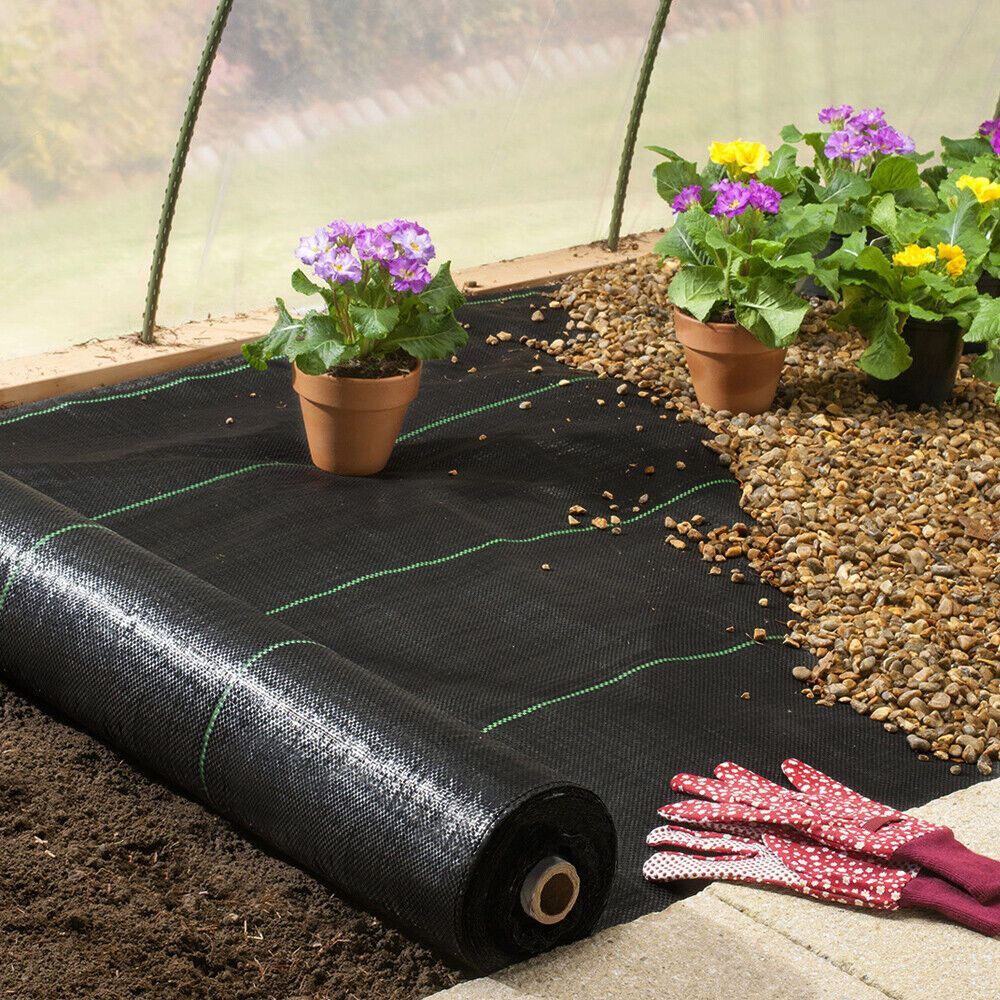
You might also like
Blogs
Book a Service Today
We will get back to you as soon as possible
Please try again later
You will not find a landscape design and construction company that is more passionate,
focused and dedicated to exceeding your highest expectations!
See what our customers are saying!
All Rights Reserved | Luck Landscaping LLC

